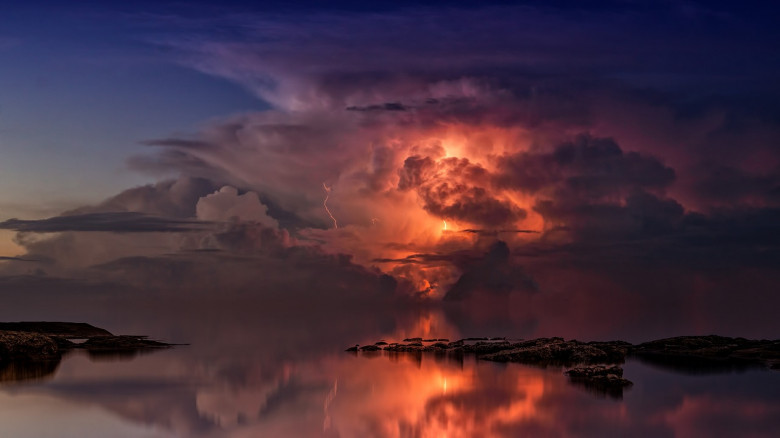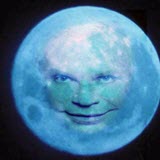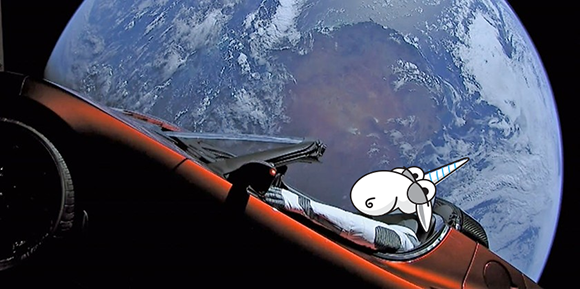Horsehead Nebula

The whimsical image of a chess knight in profile among the stars is perhaps the most recognizable among deep space objects. It can be said that the Horsehead Nebula tops the recognition rankings among nebulae and galaxies. Perhaps the Andromeda and Orion Nebulae resonate more with the general public, but only specialists and advanced amateurs know what they look like. Even among them, there are often cases when the famous Andromeda Galaxy is confused with another galaxy, even by experienced popularizers of astronomy. The Orion Nebula, too, can look different in pictures taken with various filters. Yet, the profile of the chess knight allows every inhabitant of Earth to recognize that in front of them is the one-of-a-kind and completely unique Horsehead Nebula.
Let's begin by noting that when we talk about the Horsehead Nebula, we refer to two fundamentally different formations in this region of our Galaxy. Only together do they create this memorable visual image. Moreover, what we see—the glowing diffuse background—is not the Horsehead Nebula. It is a dark silhouette against a light background—a bizarrely shaped dust cloud opaque to the visible radiation of stars and nebulae. If there were no relatively bright emission nebula behind it, we might not even know about any dark gas-dust cosmic horse.
The background for the recognizable horse profile is created by the hydrogen nebula IC 434, discovered by William Herschel in the late 18th century. However, Herschel did not notice any amusing details in the outline of this nebula, although he was an excellent observer—much more keen-sighted and attentive than most of his followers. There are also objective reasons for this—telescopes in Herschel's era were imperfect, and their dark metal mirrors lost from 50% to 80% of the light that entered them.







 It would seem that the question of the color of the Moon and the Sun from space for modern science is so simple that in our century there should be no problem at all with the answer. We are talking about colors when observing precisely from space, since the atmosphere causes a color change due to Rayleigh light scattering. «Surely somewhere in the encyclopedia about this in detail, in numbers it has long been written,» you will say. Well, now try searching the Internet for information about it. Happened? Most likely no. The maximum that you will find is a couple of words about the fact that the Moon has a brownish tint, and the Sun is reddish. But you will not find information about whether these tints are visible to the human eye or not, especially the meanings of colors in RGB or at least color temperatures. But you will find a bunch of photos and videos where the Moon from space is absolutely gray, mostly in photos of the American Apollo program, and where the Sun from space is depicted white and even blue.
It would seem that the question of the color of the Moon and the Sun from space for modern science is so simple that in our century there should be no problem at all with the answer. We are talking about colors when observing precisely from space, since the atmosphere causes a color change due to Rayleigh light scattering. «Surely somewhere in the encyclopedia about this in detail, in numbers it has long been written,» you will say. Well, now try searching the Internet for information about it. Happened? Most likely no. The maximum that you will find is a couple of words about the fact that the Moon has a brownish tint, and the Sun is reddish. But you will not find information about whether these tints are visible to the human eye or not, especially the meanings of colors in RGB or at least color temperatures. But you will find a bunch of photos and videos where the Moon from space is absolutely gray, mostly in photos of the American Apollo program, and where the Sun from space is depicted white and even blue.